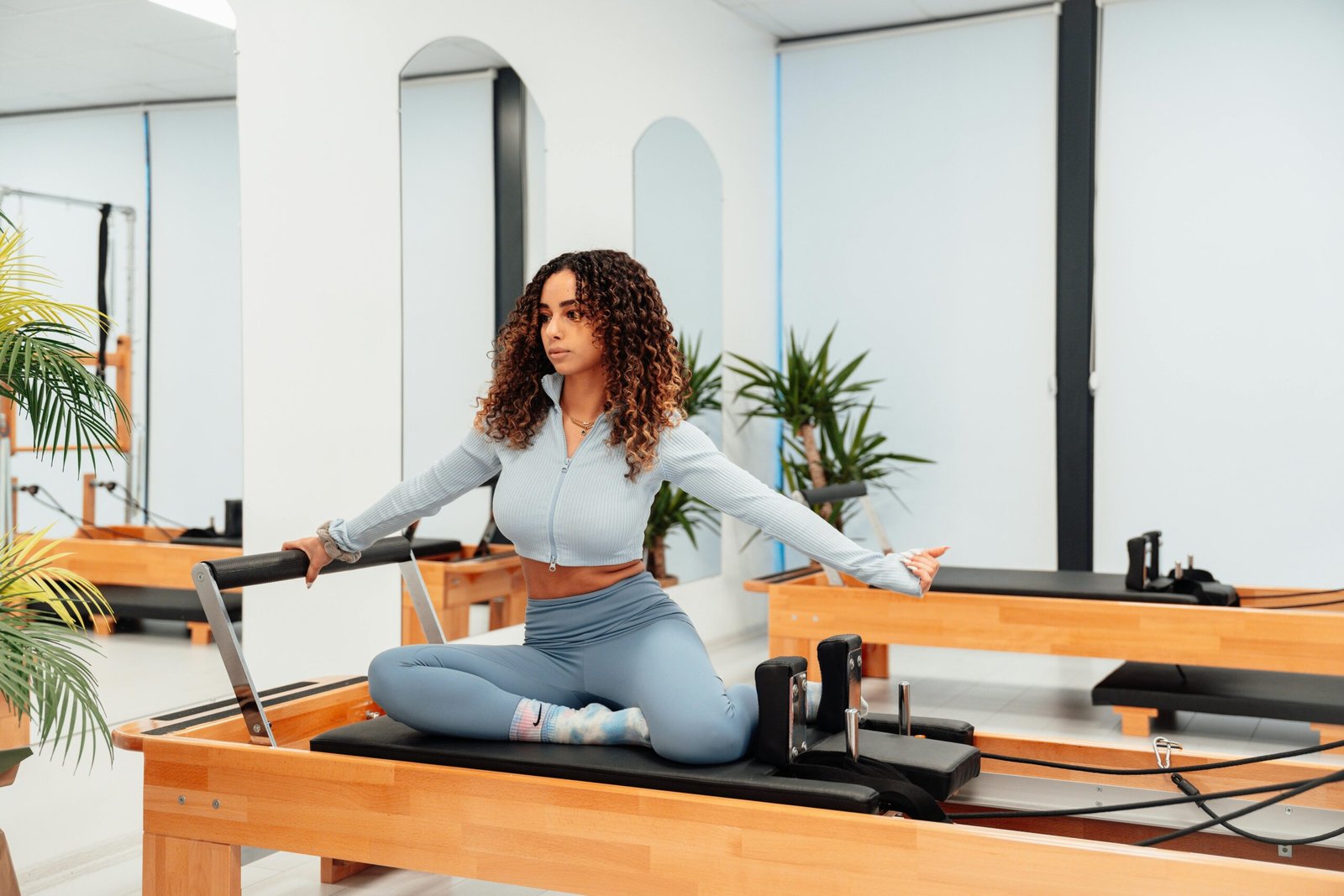
Are you looking to improve your overall fitness as a senior?
Taking care of your body becomes even more important as you age but finding the right exercises can be overwhelming. In this article, we will discuss a variety of exercises designed to improve senior fitness and enhance your overall well-being. Let’s get moving!
Find more product like these on Amazon!
Benefits of Exercise for Seniors
Exercise has countless benefits for seniors, both physically and mentally. From improving cardiovascular health to boosting mood and reducing the risk of chronic diseases, staying active is crucial for overall well-being.
Engaging in regular exercise can help you maintain muscle mass, flexibility, and balance, which are essential for preventing falls and maintaining independence as you age. Exercise also stimulates the release of endorphins, which can improve mood and reduce feelings of anxiety and depression.
Physical Benefits of Exercise
Exercise provides numerous physical benefits for seniors, including:
- Increased strength and endurance
- Improved cardiovascular health
- Better balance and flexibility
- Enhanced coordination
- Prevention of chronic diseases like diabetes and osteoporosis
Mental Benefits of Exercise
In addition to physical benefits, exercise also has several mental health benefits for seniors, such as:
- Reduced stress and anxiety
- Improved mood and self-esteem
- Better cognitive function and memory
- Increased overall sense of well-being
Regular physical activity is one of the best things you can do for your health, no matter your age.
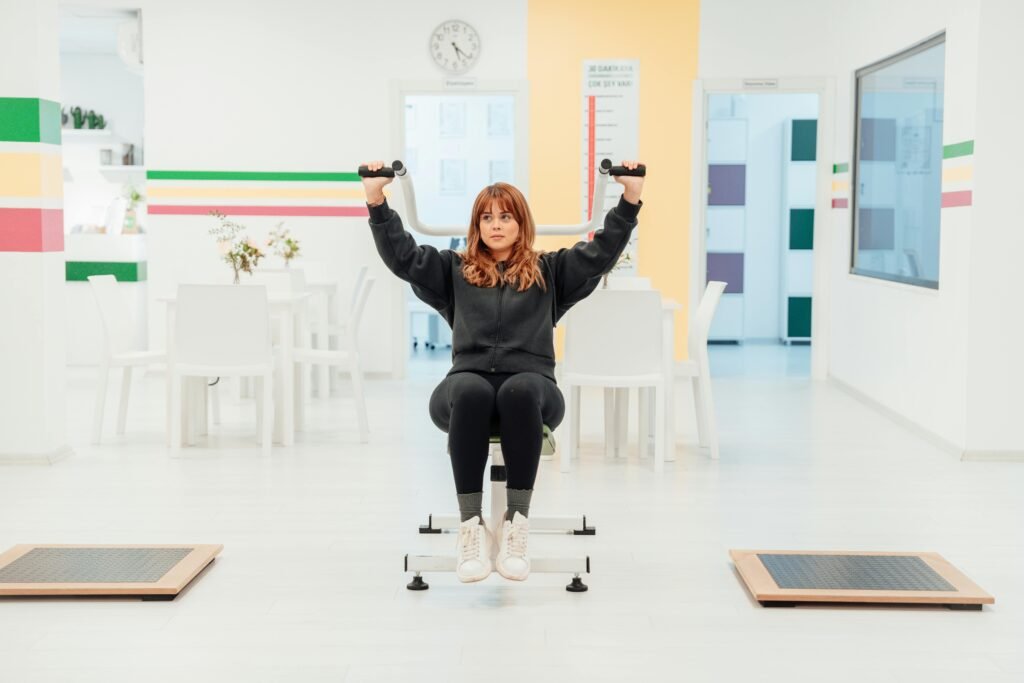
This image is property of images.pexels.com.
Types of Exercises for Seniors
When it comes to senior fitness, it’s essential to include a variety of exercises that focus on strength, flexibility, balance, and cardiovascular health. Here are some types of exercises that are particularly beneficial for seniors:
1. Strength Training
Strength training exercises are crucial for maintaining muscle mass and strength as you age. These exercises help improve bone density, reduce the risk of osteoporosis, and prevent muscle loss.
Incorporating weight-bearing exercises such as squats, lunges, and bicep curls into your routine can help you build and preserve muscle mass. Resistance bands are also an excellent tool for strength training, as they are gentle on the joints and can be easily adjusted to suit your fitness level.
2. Cardiovascular Exercise
Cardiovascular exercise, also known as aerobic exercise, is essential for heart health and overall well-being. Activities such as walking, cycling, swimming, and dancing can help improve cardiovascular fitness, increase endurance, and boost mood.
Seniors should aim to engage in at least 150 minutes of moderate-intensity aerobic activity per week, or 75 minutes of vigorous-intensity activity. Splitting this time into shorter sessions throughout the week can make it easier to achieve.
3. Flexibility and Stretching
Maintaining flexibility is crucial for preventing injuries and maintaining mobility as you age. Stretching exercises can help improve flexibility, reduce stiffness, and enhance range of motion in your joints.
Yoga, pilates, and tai chi are excellent options for improving flexibility and balance while also providing stress-reducing benefits. These exercises focus on gentle movements and stretching, making them safe and effective for seniors of all fitness levels.
4. Balance Exercises
As you age, maintaining balance becomes increasingly important for preventing falls and injuries. Balance exercises can help strengthen the muscles in your legs and core, improving stability and reducing the risk of falls.
Simple exercises like standing on one leg, heel-to-toe walking, and side leg lifts can help improve balance and coordination. Including these exercises in your routine can help you stay steady on your feet and maintain your independence.
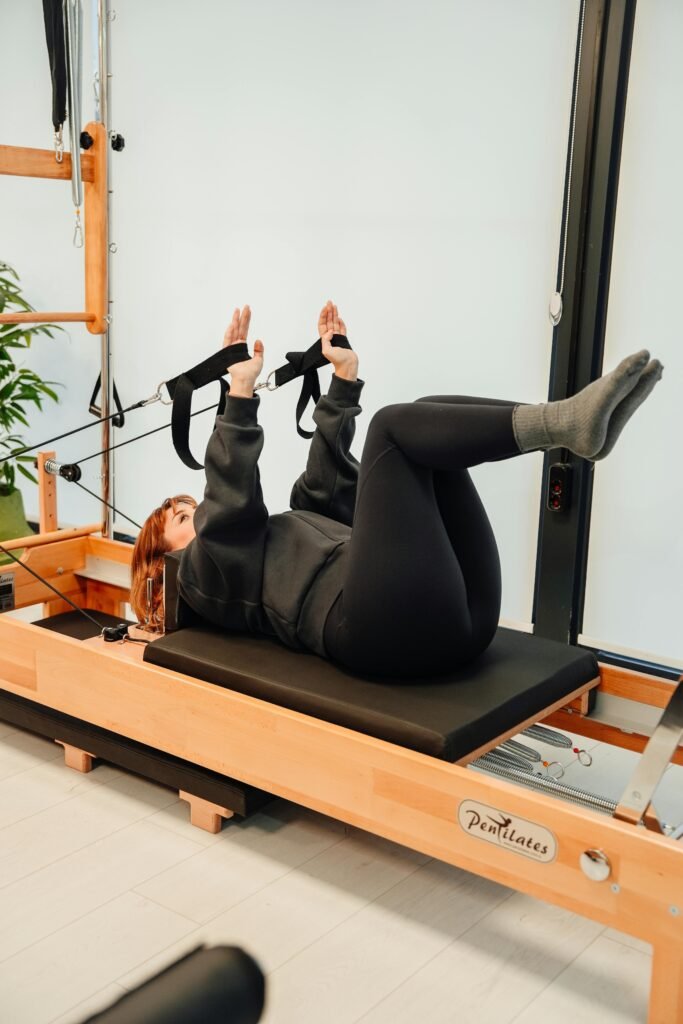
This image is property of images.pexels.com.
Sample Senior Fitness Exercise Routine
Creating a tailored exercise routine that includes a variety of activities can help you stay motivated and engaged in your fitness journey. Here is a sample senior fitness exercise routine that incorporates strength, cardiovascular, flexibility, and balance exercises:
| Exercise | Sets | Repetitions |
|———–|——–|——————|
| Squats | 3 | 12-15 |
| Bicep Curls with resistance bands | 3 | 12-15 |
| Walking or cycling | 30 minutes | – |
| Yoga or tai chi | 1 class | – |
| Single-leg stands | 3 | 30 seconds each leg |
This routine can be adjusted based on your fitness level and preferences. Remember to start slowly and gradually increase the intensity and duration of your workouts as you progress.

This image is property of images.pexels.com.
Tips for Safe and Effective Senior Fitness
When starting a new exercise routine as a senior, it’s essential to prioritize safety and listen to your body. Here are some tips for staying safe and getting the most out of your workouts:
1. Consult with Your Doctor
Before starting any new exercise program, it’s crucial to consult with your healthcare provider, especially if you have any underlying health conditions. Your doctor can help you determine which exercises are safe for you and provide guidance on how to modify your routine if needed.
2. Start Slowly
If you’re new to exercise or returning after an extended break, it’s essential to start slowly and gradually increase the intensity of your workouts. Listen to your body and rest when needed to avoid overexertion and injury.
3. Stay Hydrated
Staying hydrated is essential for overall health and well-being, especially during exercise. Make sure to drink plenty of water before, during, and after your workouts to prevent dehydration and maintain energy levels.
4. Use Proper Form
While performing exercises, focus on using proper form to prevent injury and maximize the benefits of each movement. If you’re unsure about how to perform an exercise correctly, consider working with a certified personal trainer to ensure you’re using proper technique.
5. Listen to Your Body
As you age, it’s crucial to listen to your body and pay attention to any signs of discomfort or pain. If you experience prolonged or severe pain during exercise, stop immediately and consult with your healthcare provider. It’s essential to prioritize your safety and well-being above all else.
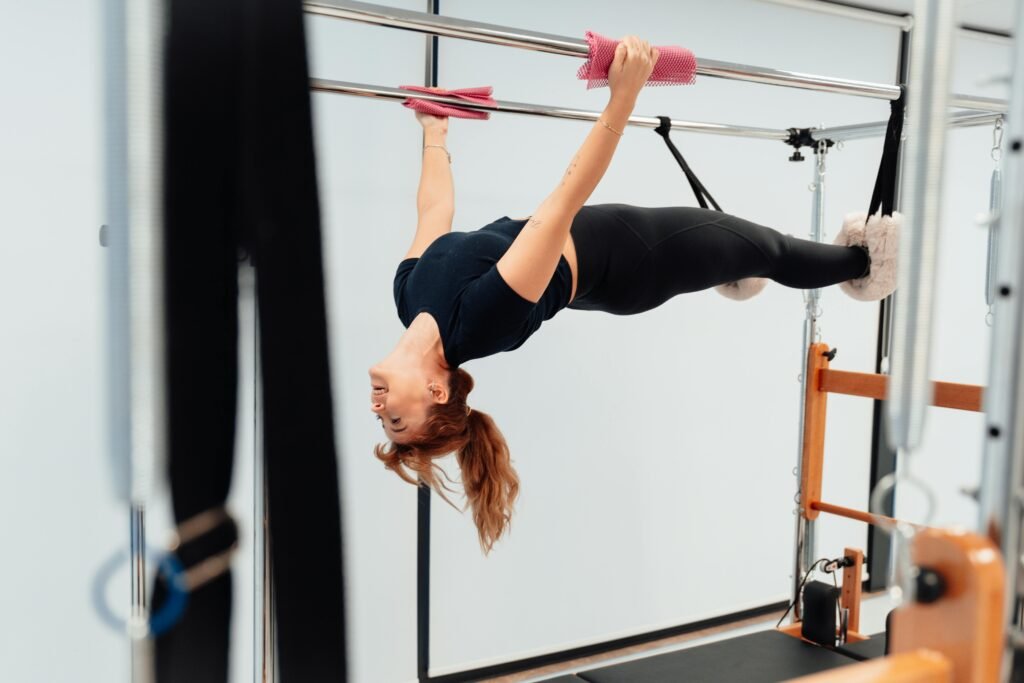
This image is property of images.pexels.com.
Incorporating Exercise into Your Daily Routine
Staying active as a senior doesn’t have to be complicated or time-consuming. There are plenty of ways to incorporate exercise into your daily routine, even if you have a busy schedule.
1. Take Short Walks
Walking is one of the simplest and most effective forms of exercise for seniors. Taking short walks around your neighborhood or local park can help improve cardiovascular fitness, boost mood, and increase overall well-being. Try to incorporate a daily walk into your routine to stay active and maintain your health.
2. Join a Group Fitness Class
Group fitness classes are a fun and social way to stay active and make exercise a part of your routine. Whether you join a water aerobics class, yoga session, or dance class, group fitness can provide motivation, accountability, and support on your fitness journey.
3. Use Household Items for Resistance
If you don’t have access to weights or resistance bands, you can use household items like water bottles, canned goods, or bags of rice as makeshift weights. These items can be used for strength training exercises like bicep curls, overhead presses, and tricep extensions to help you build muscle and improve strength.
4. Set Realistic Goals
Setting realistic and achievable fitness goals can help you stay motivated and track your progress over time. Whether your goal is to increase the number of push-ups you can do or improve your flexibility, having a clear objective can keep you focused and committed to your exercise routine.
5. Stay Consistent
Consistency is key when it comes to reaping the benefits of exercise as a senior. Make an effort to incorporate physical activity into your daily routine, even if it’s just for a few minutes at a time. Regular exercise will help you maintain your overall health, improve fitness, and enhance your quality of life.
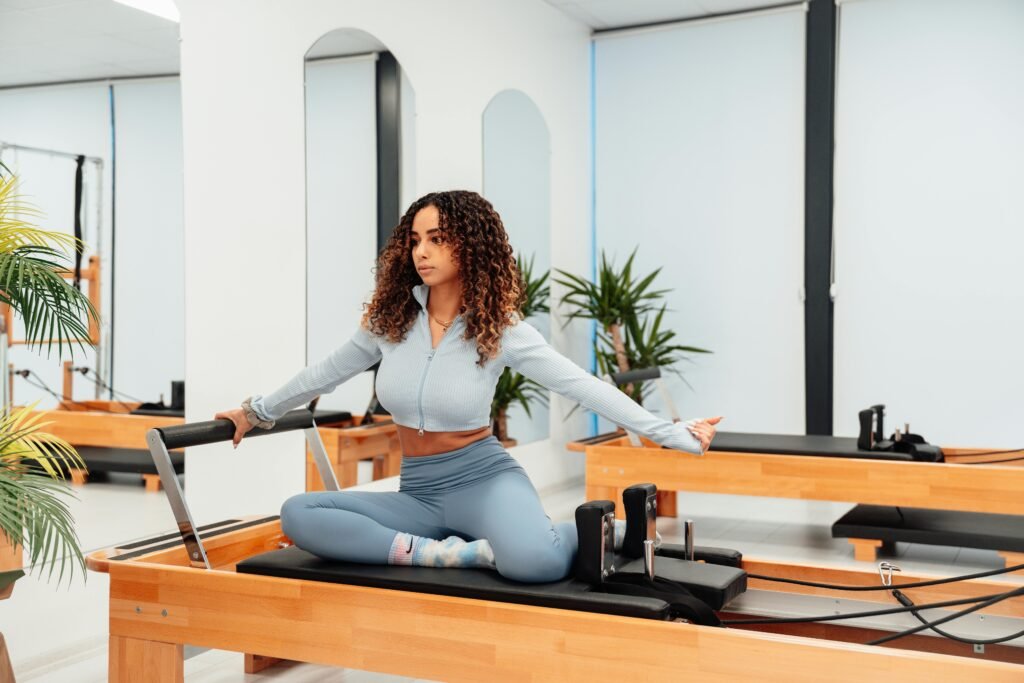
This image is property of images.pexels.com.
Conclusion
Improving senior fitness is essential for maintaining overall health, preventing chronic diseases, and enhancing quality of life. By incorporating a variety of exercises, including strength, cardio, flexibility, and balance training, seniors can stay active, independent, and healthy as they age. Remember to prioritize safety, listen to your body, and consult with your doctor before starting any new exercise program. Get moving and enjoy the many benefits of staying active as a senior!

